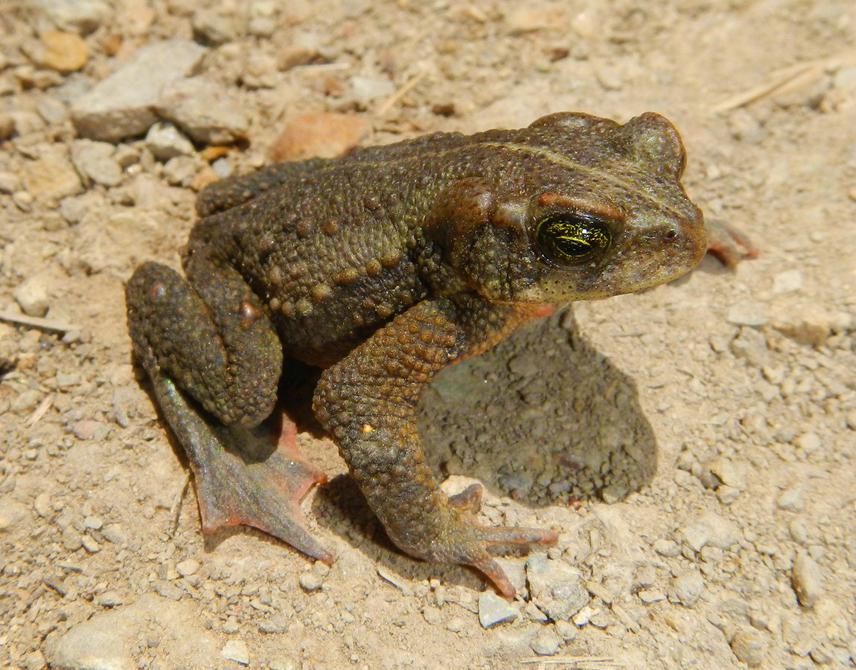Ronald Sosa Escalante
To understand responses of amphibians to impacts of long-term habitat modification in the Yungas and Inter-Adean Dry Valley ecoregions.

Rhinella amboroensis of Abra de la Cruz.
Anthropogenic habitat destruction represents the most serious threats to biodiversity. In several regions of Bolivia the deforestation rates have been increased, even in protected areas. This research is conducted in the Amboró National Park (ANP) and surroundings areas (ANMI), Santa Cruz Department, Bolivia. Amphibian diversity will be compared in different sites subjected to different levels of human impact around the ANP. In this sense, using the amphibians as model, this study aims to understand the responses of amphibians to potential impacts of long-term habitat change in protected areas and surrounding areas, also to improve our knowledge about amphibian fauna and their habitats in the region.
The Amboró National Park is the largest protected area in western Santa Cruz (central Bolivia) and one of the most diverse of Bolivia, and the most threatened for human activities. The ANP as one of the last continuum patches of natural vegetation serve as habitat and refuge for several species. The results of this study would help to establish the ANP in the region in order to reaffirm its role as habitat and a haven for wildlife.
The outcome of the project will be a comparative estimate of responses of amphibian species within and outside the protected area. In summary, the results of this study serve as baseline information to inform the ANP managers about the population and conservation status of amphibians of the region. Also, the population analysis and habitat relationships serve as baseline to the zonification of ANP, improving the new management plan of the National Park. On the other hand, this study also serves to increase our knowledge of the amphibian fauna and their habitats in the region and in the country.